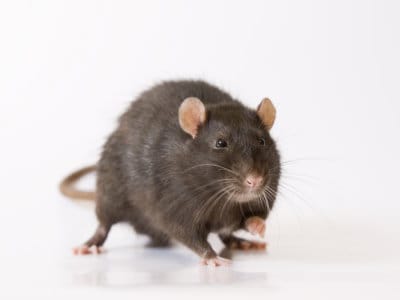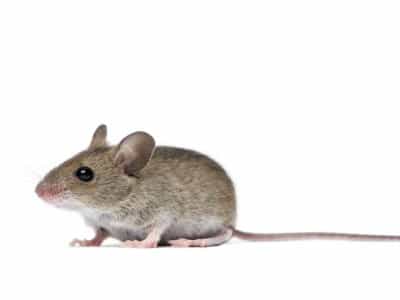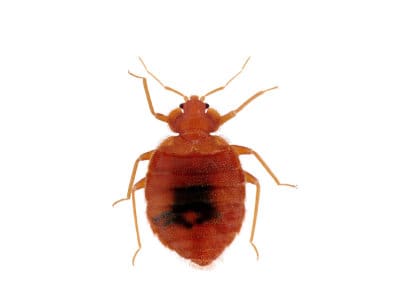Black Rats
(Rattus rattus)
Family – Muridae
AKA – Black Rat, Roof Rat, Ship Rat

Seasons Active
Infestation Risk
1
2
3
4
5
6
7
8
9
10
Public Health Risk
1
2
3
4
5
6
7
8
9
10
Property Damage List
1
2
3
4
5
6
7
8
9
10
Escalation Risk (if left untreated)
1
2
3
4
5
6
7
8
9
10


























































